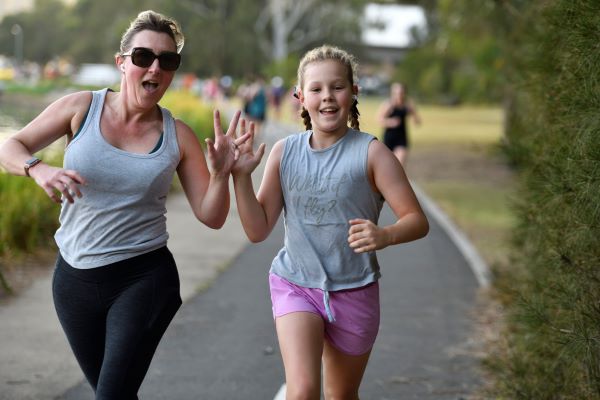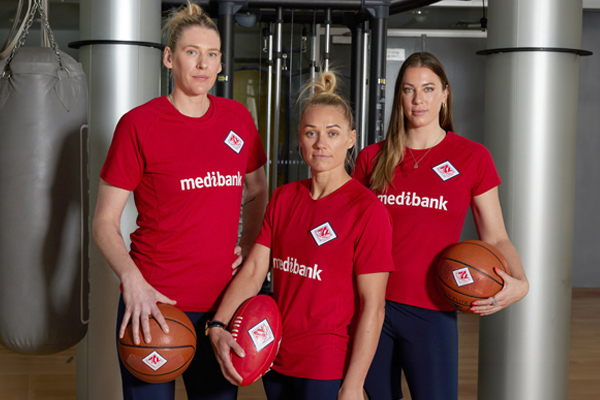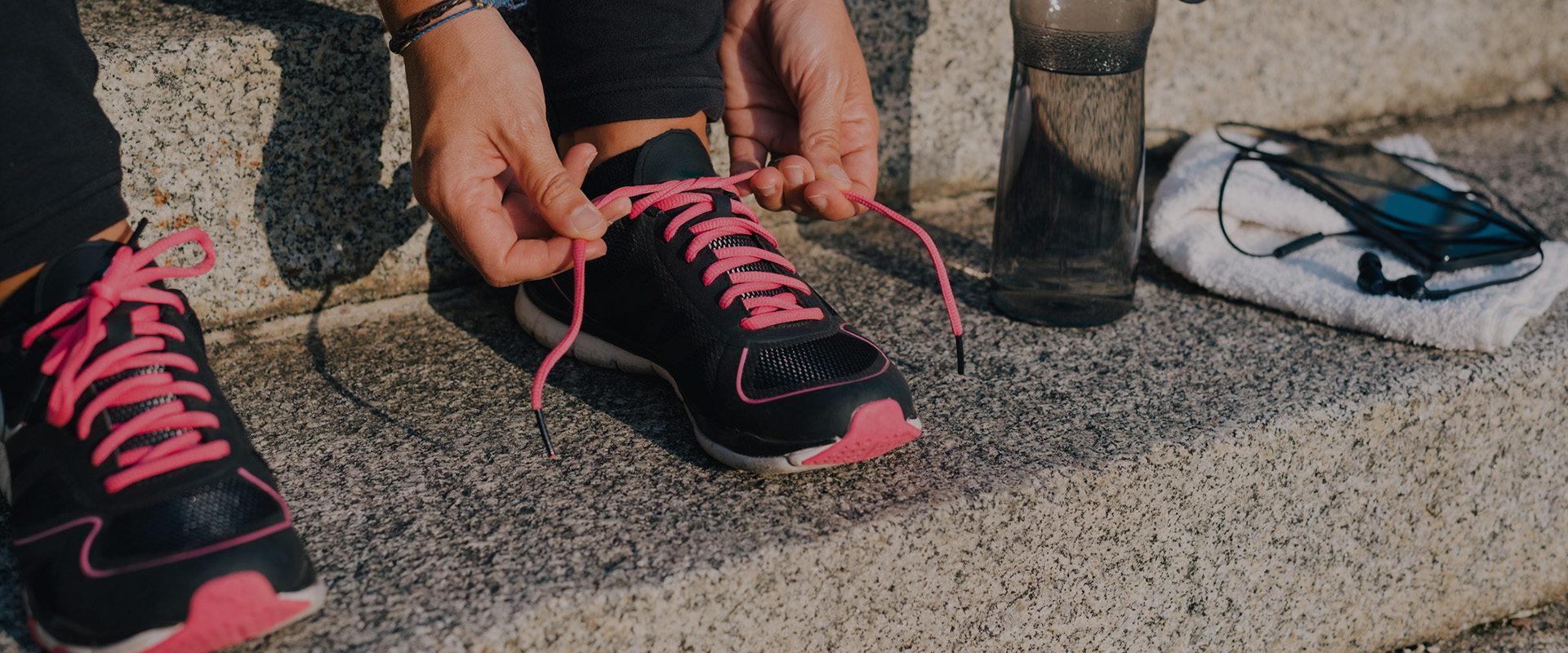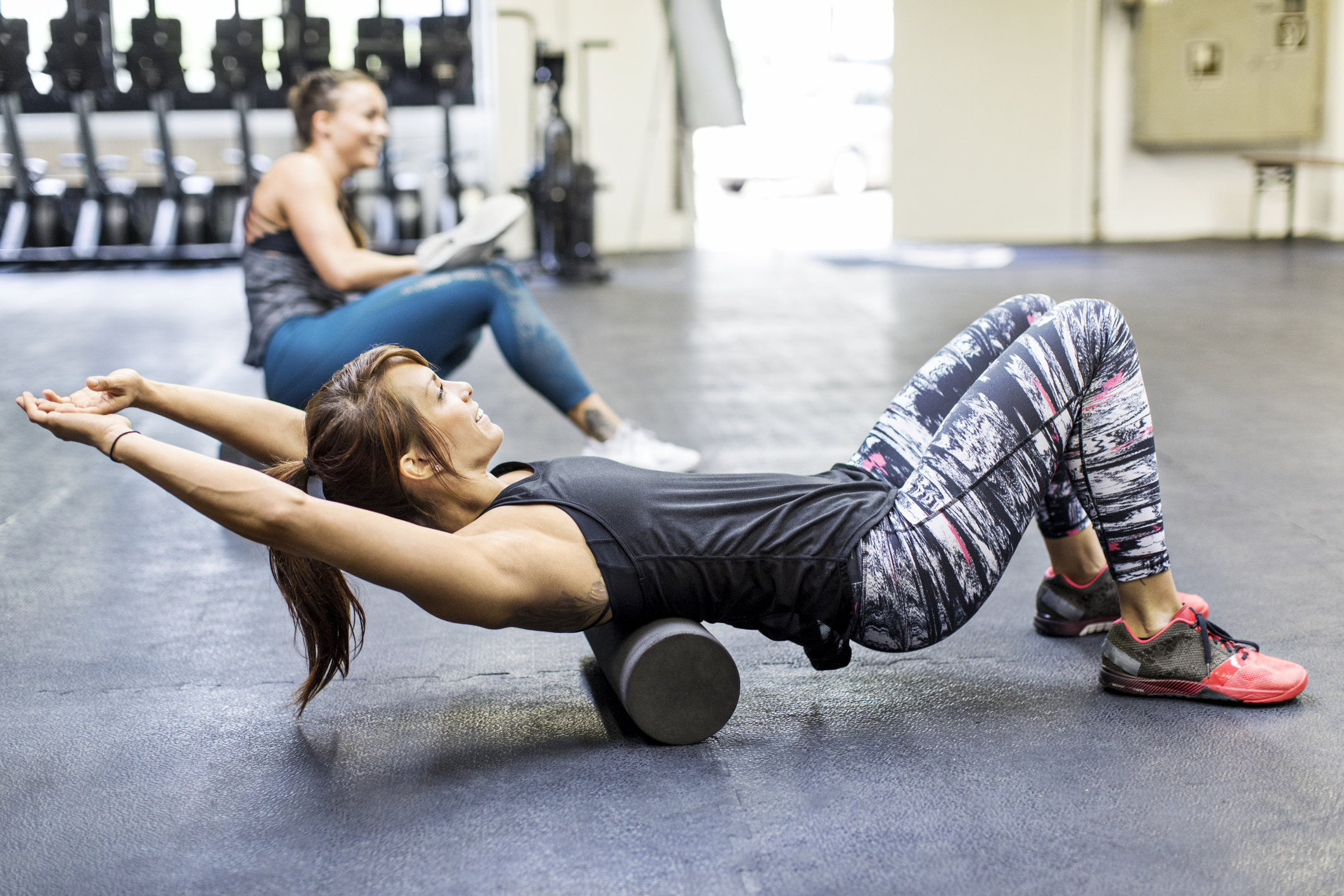-
As kids, we break into a run at every opportunity – but as adults, this becomes a little trickier. The shoes will get scratched. We’ll get sweaty. Too many bags to carry. So we drive or catch public transport, headphones in, maybe even catching up on some work along the way.
We miss so much. There is a playfulness to being out in the world, dealing with the elements. It's a chance to notice the leaves change colours, to watch flowers bloom, to admire neighbours’ gardens and to make connections en route.
Whether it’s riding a bike, speed walking or jogging, incorporating physical activity into your commute is more achievable than we realise. Even just doing it for a portion of the commute will put a spring in your step. Once you get into the rhythm of it, you won’t need to set special time aside for daily exercise because you’re getting it incidentally, and the benefits far outweigh the difficulties.
The benefits of an active commute
If we bring physical activity into our commute, we give our body time to find its natural rhythm before the workday begins. Runners talk about the way a run clears the mind, helps prioritise what’s important, and turns large problems into small hiccups. Psychologists are finding a link between physical wellbeing and a feeling of community connectedness. Why rush home to spend time on a mindfulness app when you can get all the mindfulness you need on the commute?
Incorporating running, walking or bike riding into the daily commute can seem easier said than done, though. Most of us would like to be more active but there are practical reasons why this doesn’t happen.
How to start riding or walking to work
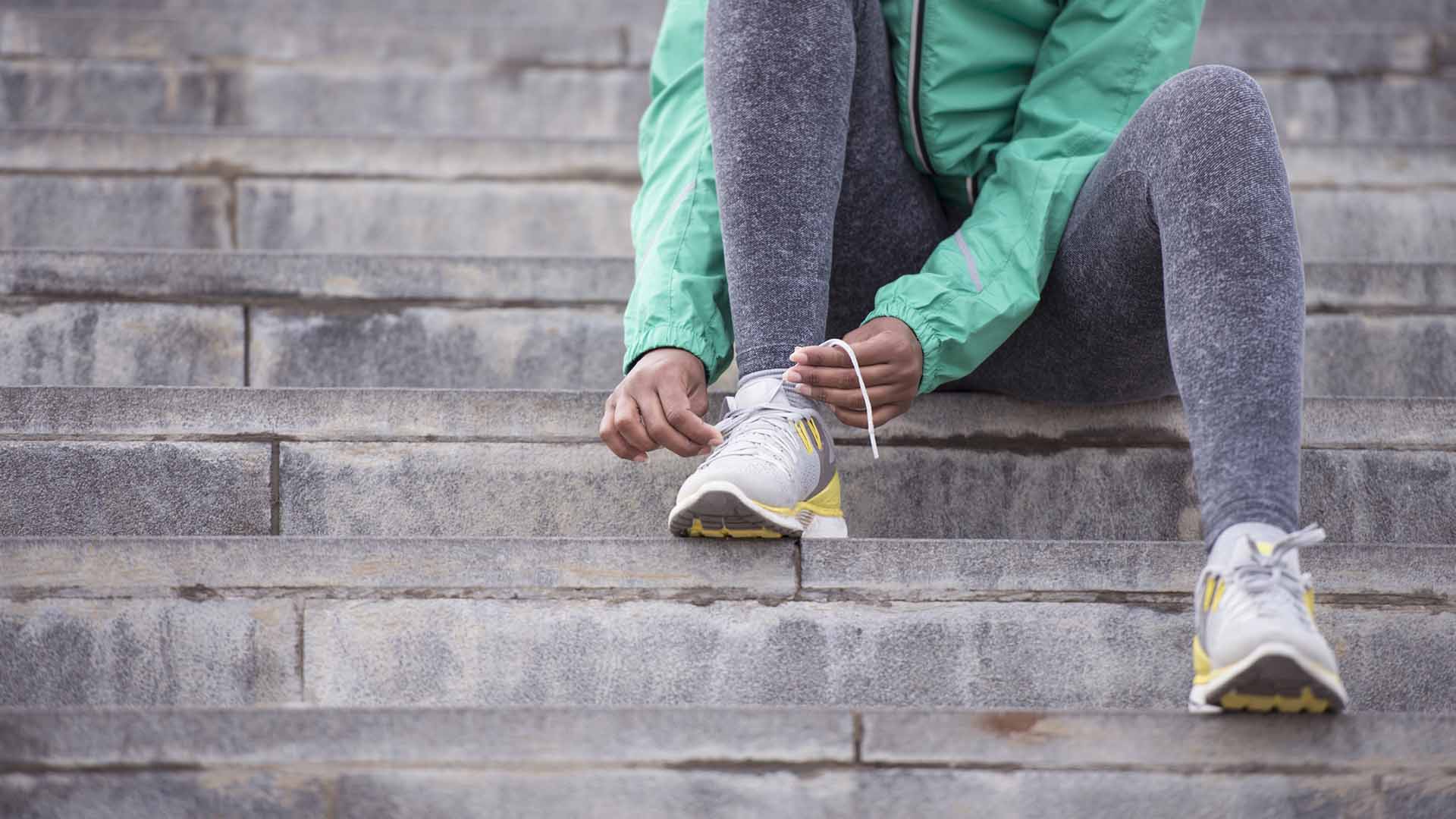
-
Here are a few things to consider:
Safety
It’s always best to plan a route that has lights, and wear brightly-coloured gear. Convince a nearby friend or co-worker to come along or meet up along the way – when you do it together, it’s even easier to get motivated.
Gear
Buy the right gear or, better still, discover that you probably already own the right gear. You don’t need the latest clothes – just ones that are comfy and the right temperature. Be sure to layer in the colder weather so that you can take things off as needed. A decent, water-resistant backpack that sits comfortably on your hips is important. Only pack the essentials, and leave things at work when you can – clean shirts, toiletries, towels, etc.
If riding in, organise a safe place to lock your bike up – workplaces are often very accommodating when it comes to keeping employees fit, because it can lead to greater satisfaction and productivity.
Sweat
See if there’s a shower at work or organise to use one at a gym close by – or freshen up European-style and save on water. It’s an excuse to invest in new perfume, max-out on those gorgeous smelling moisturisers. If washing your hair is out of the question, don’t worry – even bike-helmet-flattened hair can be fixed with a mist spray, product and a good brush.
Food
You might want to leave breakfast until after you’ve exercised so pack something special. Fill a container with your favourites: cereals and fruit, muffins or wraps. You’ll be hungrier than usual, and you deserve it. Take a bit extra.
Creating a new habit
The psychological barrier is the hardest to break down, so just try it once and see what you think. Spend the journey in working out how you can run that meeting more effectively. Use the trip home to run the day’s stress out of your body.
Long term, you’ll be fitter and your daily stress will be reduced. And if you struggle with sleep issues: it’s much harder to stay awake worrying when you’re physically exhausted. Perhaps most importantly, you’ve successfully introduced an element of play into your day – and who doesn’t need that?
-
Everything you need to know about parkrun
Been wondering what a parkrun looks like? Where do you go? What do you do? How do you sign up? Find out here.
-
Five ways to exercise when on a budget
You don’t need to spend money on gym memberships just to meet your fitness goals. Here are five free ways to stay healthy and active when you’re living on a budget.
-
How parkrun changed my life
Christie Farrow went from being an exercise-phobe to a true blue runner with parkrun.
-
Australia's top female athletes unite on ACL injury
Some of Australia's most talented athletes have joined forces to highlight the unique injury challenges women face.
-
How to create your perfect summer fitness plan
Be inspired by the sunshine and get moving
-
The essential foam rolling routine
How to use a foam roller in 4 stretches.
Subscribe to receive the best from Live Better every week. Healthy recipes, exercise tips and activities, offers and promotions – everything to help you eat, move and feel better.
By clicking sign up I understand and agree to Medibank's privacy policy
